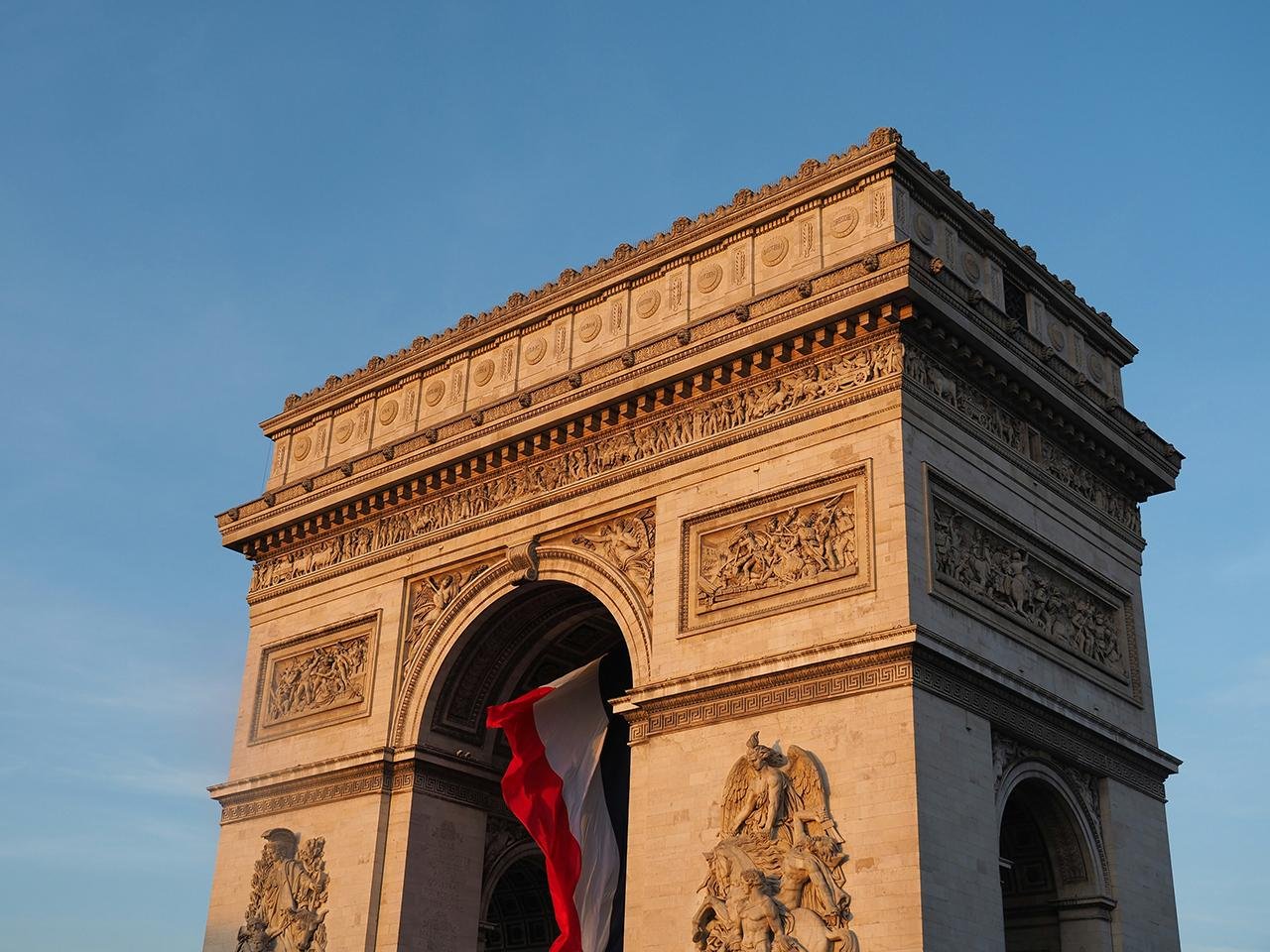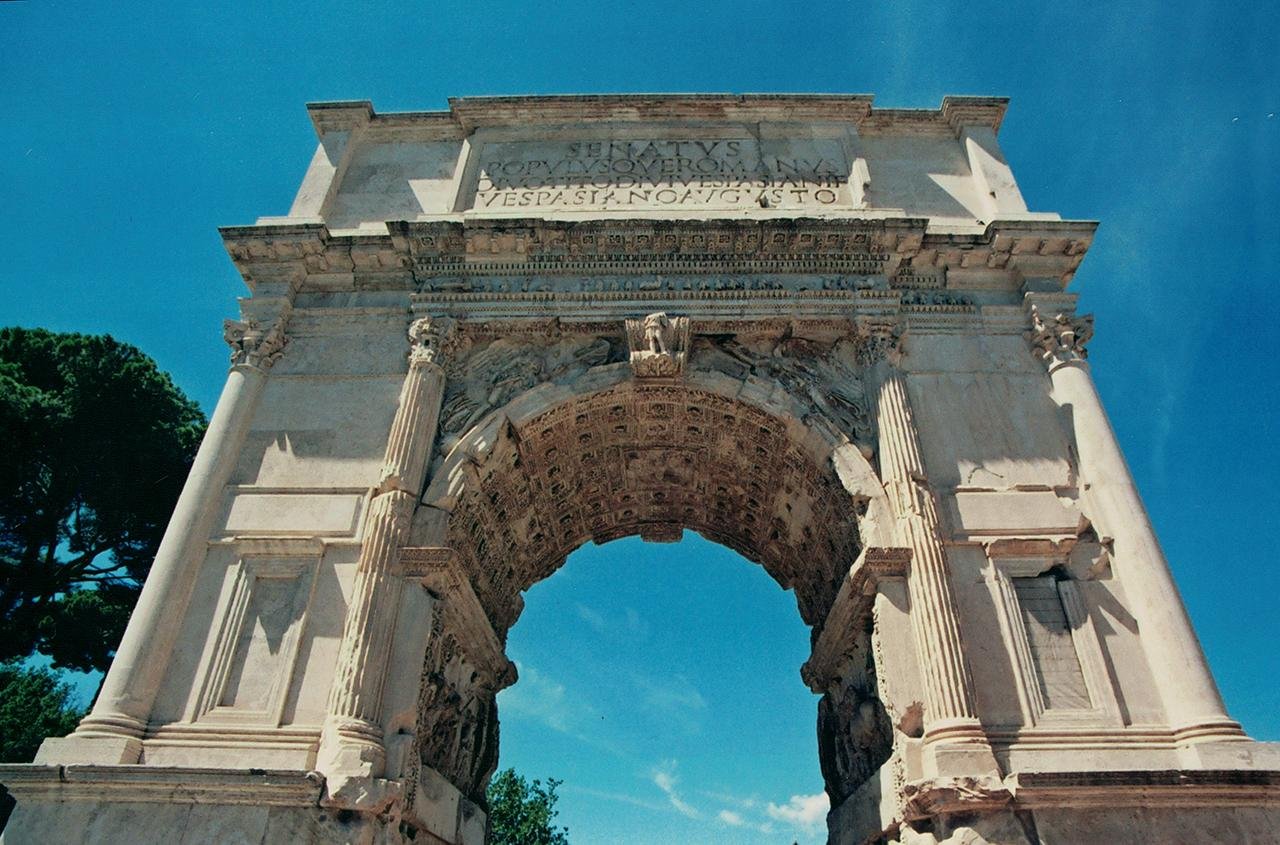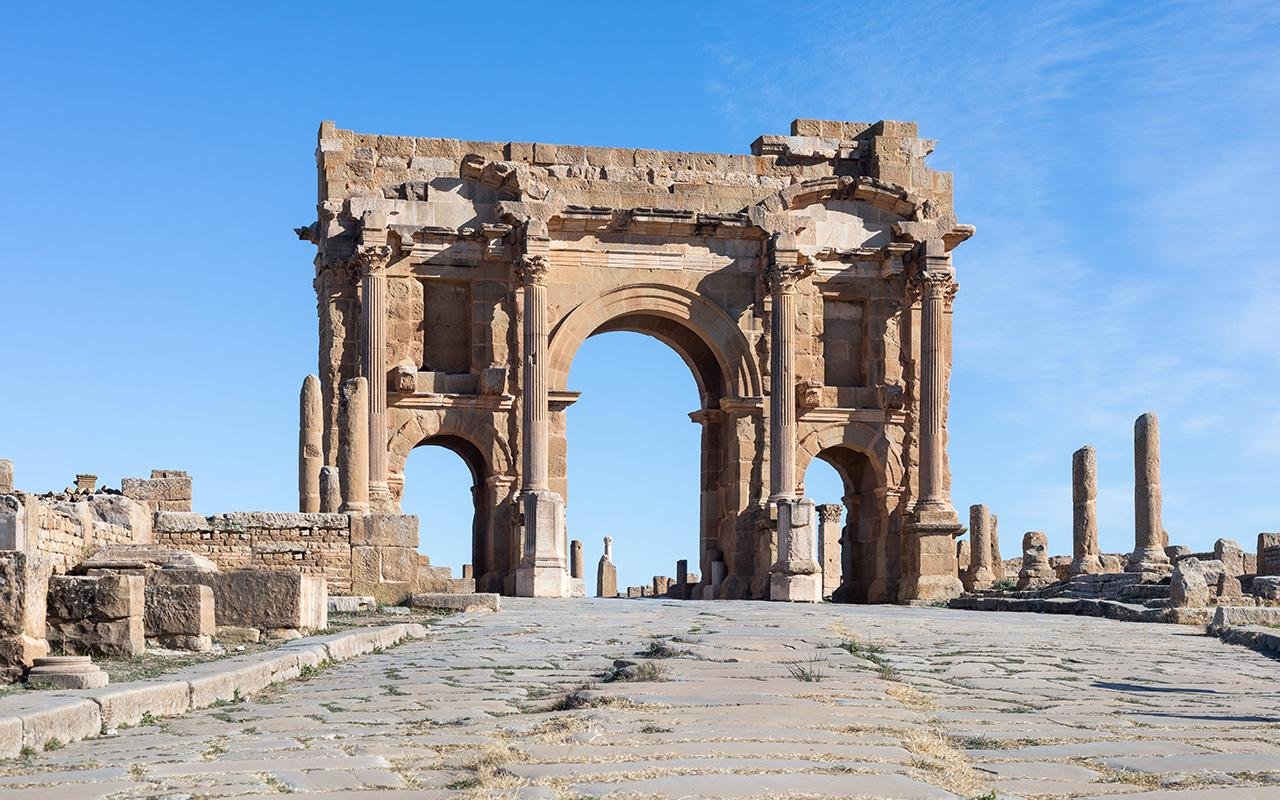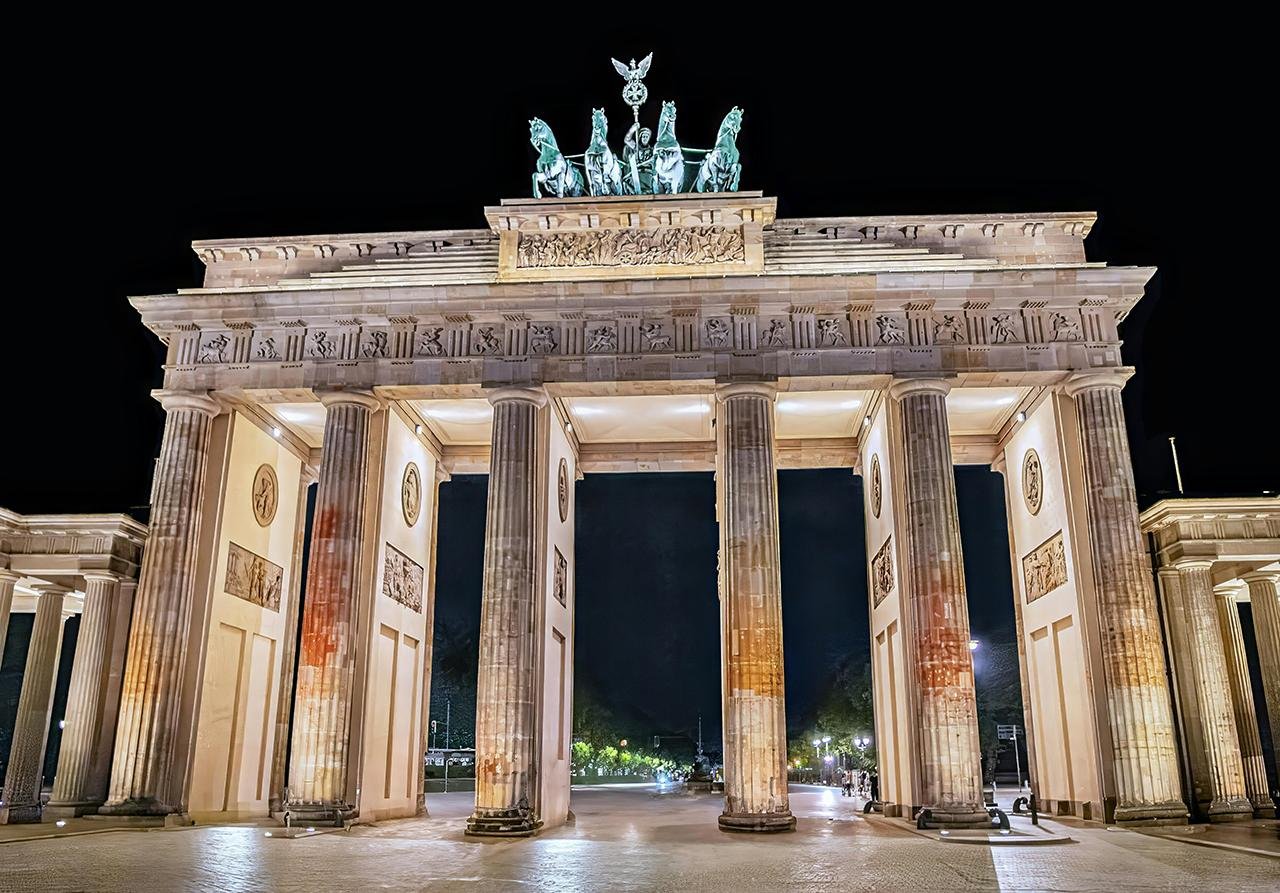The Triumphal Arch is a monumental structure that has been used throughout history to commemorate important events, honor victorious leaders, and symbolize the power and glory of a nation or empire. These grand arches have stood the test of time, serving as enduring reminders of significant historical moments.

Historical Origins
The origins of the triumphal arch can be traced back to ancient Rome, where they were first used to celebrate military victories and honor triumphant generals. The Romans were renowned for their military prowess and conquests, and the triumphal arch became a way to showcase their achievements and assert their dominance.
One of the most famous triumphal arches in history is the Arch of Titus, built in Rome in 82 CE to commemorate the military victories of Emperor Titus. This arch is adorned with reliefs depicting scenes of the conquest of Jerusalem.

Architectural Features
Triumphal arches are characterized by their distinctive architectural elements. Typically, they consist of a large central archway flanked by smaller arches or columns. The arches are often adorned with intricate carvings, sculptures, and inscriptions that depict the victorious events or the leaders being honored.
The arches are built using durable materials such as stone or marble, ensuring their longevity and grandeur. The monumental scale and impressive design of these structures make them awe-inspiring and visually striking.

Triumphal arches hold great symbolic value, representing the power, glory, and triumph of a nation or ruler. They serve as a visual reminder of a nation’s military achievements and reinforce a sense of national identity and pride.
These arches also have a political significance, as they were often used by rulers to legitimize their authority and reinforce their position as victorious leaders. By associating themselves with the great military victories depicted on the arches, rulers sought to gain the support and admiration of their subjects.
Examples of Triumphal Arches
Throughout history, numerous triumphal arches have been constructed around the world. Here are a few notable examples:
The Arc de Triomphe, Paris, France
One of the most iconic triumphal arches is the Arc de Triomphe in Paris, France. Built in the early 19th century, it stands at the western end of the Champs-Élysées and honors the French army’s victories during the Napoleonic Wars. The arch is adorned with intricate sculptures and reliefs, depicting scenes from various military campaigns.

The Brandenburg Gate, Berlin, Germany
Another famous triumphal arch is the Brandenburg Gate in Berlin, Germany. Built in the late 18th century, it has become a symbol of the city and the country. Originally, it served as a grand entrance to the city, but it later came to represent the division and eventual reunification of Germany.

The Gateway of India, Mumbai, India
The Gateway of India in Mumbai is a prominent triumphal arch built during the British colonial era. It was constructed to commemorate the visit of King George V and Queen Mary to India in 1911. Today, it stands as a symbol of India’s struggle for independence and a popular tourist attraction.

The influence of triumphal arches can be seen in architecture and design throughout history and across different cultures. Their grandeur and symbolism have inspired the construction of similar structures in various parts of the world.
Furthermore, triumphal arches have also influenced other forms of art, such as painting, sculpture, and literature.






















